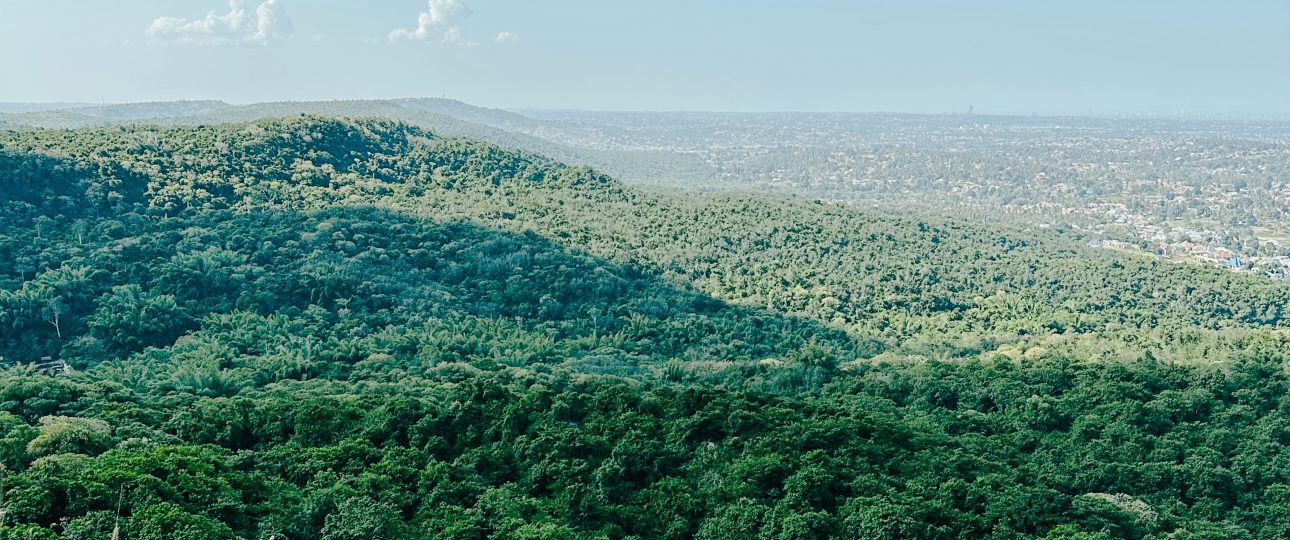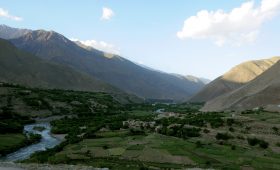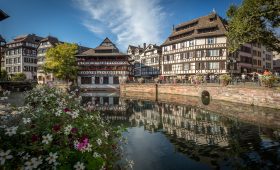Exploring Pugu Hills Nature Reserve
Pugu Hills Nature Reserve, located in Tanzania, offers a unique blend of natural beauty and biodiversity. Situated southwest of Dar es Salaam, near the town of Kisarawe, this 22 km2 reserve is a haven for those seeking to immerse themselves in nature. Here’s a guide to help you navigate this remarkable destination.
The Natural Wonders of Pugu Hills
Pugu Hills is characterized by its lush, evergreen forests and rolling hills. The reserve is home to the source of the Msimbazi River, which eventually flows into the Indian Ocean. The area is rich in kaolinite deposits, one of the largest in the world, and former mining sites now serve as habitats for bat colonies.
Flora
The reserve boasts 14 endemic plant species, including enormous bamboo stands and the unique Mpugupugu tree, from which the reserve derives its name. The vegetation is predominantly evergreen, thanks to the abundant rainfall throughout the year.
Fauna
Wildlife enthusiasts will find Pugu Hills captivating. The reserve is home to a diverse array of animals, including dikdiks, common warthogs, African leopards, and elephant shrews. Bird watchers can spot over 80 species, including an endemic subspecies. While lions once roamed here, they have not been seen in recent times. The caves, both natural and man-made, host large colonies of bats, such as the horseshoe bat and Hildegarde’s tomb bat.
Planning Your Visit
Best Time to Visit
The optimal time to explore Pugu Hills is during the dry season, from June to October, when the weather is mild and wildlife sightings are more frequent. For those seeking a quieter experience, consider visiting during the shoulder seasons of April-May or November-December.
How to Get There
Reaching Pugu Hills is straightforward. The reserve is a short drive from Dar es Salaam. If you’re flying into Tanzania, book a domestic flight to Dar es Salaam, then hire a taxi or rent a car to reach the reserve. The proximity to the city makes it an accessible day trip.
Local Transportation
Once at the reserve, you can explore on foot via well-maintained walking trails. Hiring a local guide is recommended for those interested in learning more about the flora and fauna. Guides can provide valuable insights and enhance your experience.
Additional Attractions
Beyond its natural beauty, Pugu Hills offers cultural and historical sites, such as places of worship and sacred ritual sites. The reserve also provides stunning overlooks of Dar es Salaam City and features Lake Minaki, a serene spot for reflection.
While Pugu Hills Nature Reserve offers a rich and rewarding experience, be prepared for the challenges of navigating a natural environment. Bring appropriate gear, stay hydrated, and respect the local wildlife and ecosystems. With the right preparation, your visit to Pugu Hills can be both enlightening and unforgettable.





